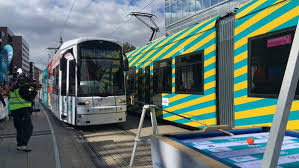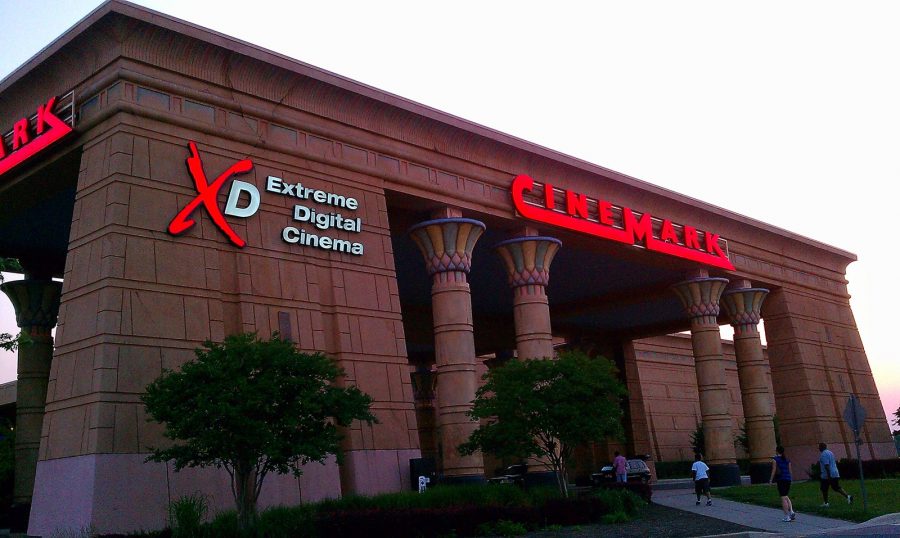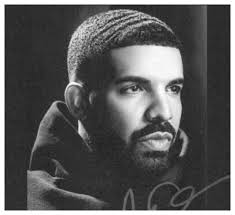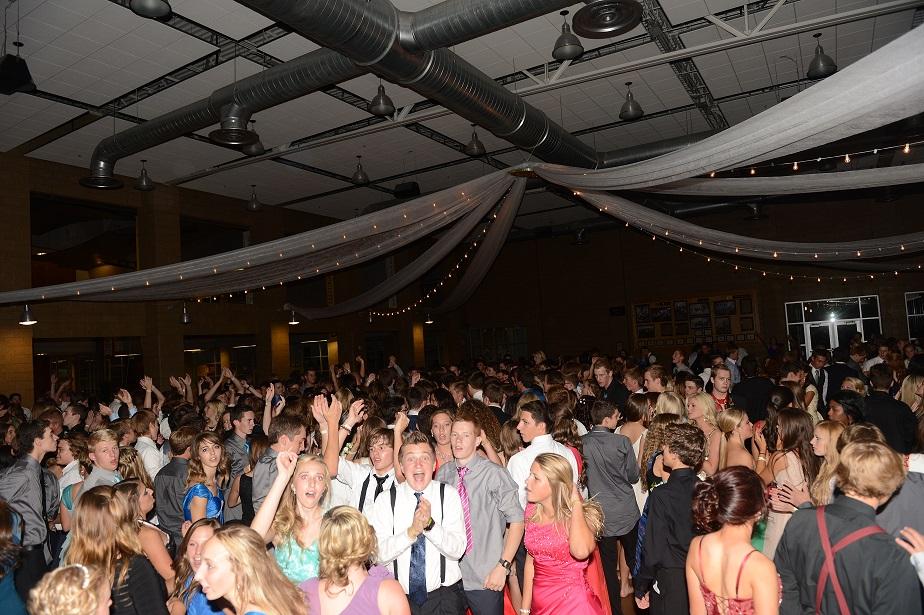Trains, freeways, bridges, and buildings–graffiti is everywhere.Technically, this form of expression is vandalism, but some graffiti artists are so talented that big companies will offer them steady, full time jobs in advertising. There are many career options available, yet for ages, “graffiti writers” have been taking risks by writing on the walls – sacrificing themselves for their unique form of art. These “vandals” are talented enough to be able to deface public property and have their work looked at as if it were in a museum, yet they still choose to represent themselves and their art through crime over legal self-expression.
One effect of graffiting is that the artist spends a lot of time exposed to paint fumes, but there are many more severe consequences. Graffiti is illegal and writers can be fined heavily or jailed if they are caught. Freight trains, subways, and other popular graffiti areas are heavily patrolled and can be tricky to paint in. Some graffiti writers choose to paint in areas that are very dangerous to get to in order to widen their viewership and gain respect for their fearlessness.
Mone, a graffiti artist interviewed by “Vegetarian_metalhead” online, said that the risk he took by painting freight trains was “pretty deep.” This feeling is what makes painting and writing worth the consequences. “When you paint something on a freight, and you know it will be going to places that you will probably never be able to see in your lifetime . . . It’s like the painting is an extension of who I am and is going to be traveling on this long journey–destination unknown.”
Every tag they do is a part of themselves that they leave on a wall or train. They are doing more than giving themselves a rush of adrenaline by taking the risk. They are living a unique lifestyle and marking their place in the history of graffiti. This history has evolved from a somewhat underground organization to something that the media talks often about. Because of its unique history, graffiti is associated with gangs, art, subways, trains, and big cities.
When others in the graffiti community see a specific tag and begin to recognize a writer’s art, they gain respect from others in their community. They want this respect and they want everyone to see what they did. Mone said, “If you do some decent work and stick with it, people will notice you.”
Hailee Smith
























